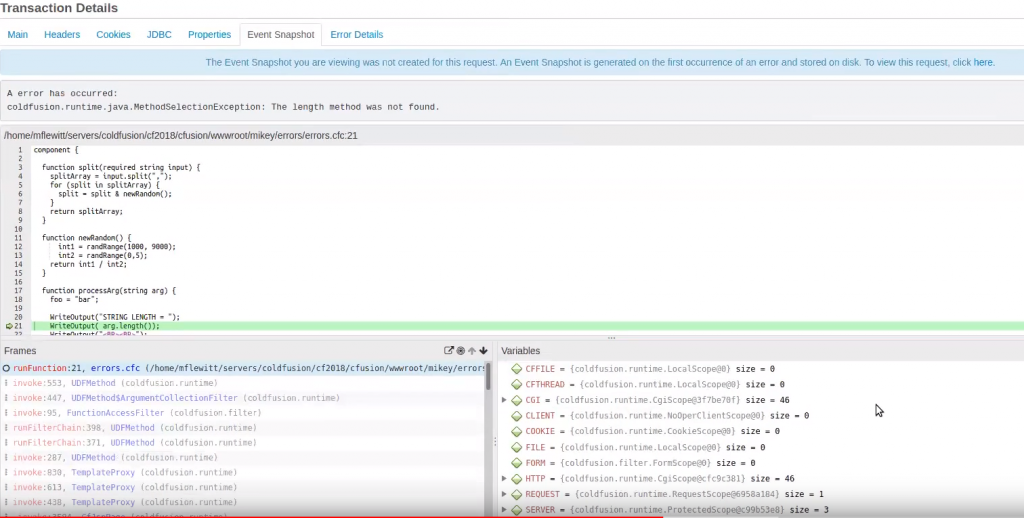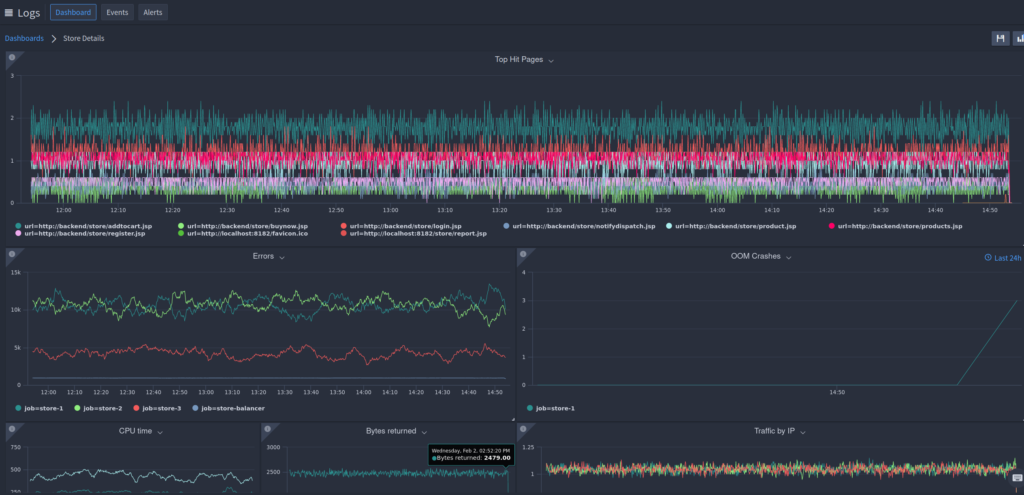Dealing with a SecurityException in Java: Diagnosis and Prevention
What is a SecurityException?
SecurityException is an exception class in Java that signals a security violation. It is thrown when a security manager check fails, such as during an attempt to access a restricted resource, read or write to a file in a restricted directory, or execute a restricted operation. This exception indicates that an operation could not be completed due to the current security settings of the JVM.
How do I avoid a SecurityException?
There are several ways to avoid a SecurityException in Java:
- Modifying Security Manager: If your application requires access to restricted resources, you can modify the security manager to allow access to those resources.
- Code Signing: By signing your code with a digital signature you can indicate that it is trusted. The security manager will allow trusted code to access restricted resources.
- Using Permissions: If you use custom permissions you can control access to restricted resources in your application.
- Running in an Unrestricted Environment: If you run your code in an environment that does not have a security manager installed, it can access restricted resources without encountering a SecurityException.
- Avoiding Sensitive Operations: You can avoid sensitive operations that trigger a security manager check and lead to a SecurityException.
It is important to remember that security exceptions are thrown for a reason, to protect against security vulnerabilities. Carefully evaluate the need for accessing restricted resources and make sure to use the proper methods to do so securely.
An example of how to catch and handle a SecurityException in Java:
try {
// code that may throw a SecurityException
// ...
} catch (SecurityException se) {
// handle the security exception
System.out.println("SecurityException: " + se.getMessage());
}
an example of how to request a specific permission and handle the exception:
try {
SecurityManager security = System.getSecurityManager();
if (security != null) {
// request the permission
security.checkPermission(new FilePermission("/tmp/test.txt", "read"));
}
// perform the sensitive operation
// ...
} catch (SecurityException se) {
// handle the security exception
System.out.println("SecurityException: " + se.getMessage());
}
In this example, the code first checks to see if a security manager is installed. If it is, it requests permission to read a file in the /tmp directory. If the permission is granted, the sensitive operation is performed. If the permission is denied, a SecurityException is thrown and caught in the catch block, where it can be handled appropriately.
Diagnose SecurityException errors using FusionReactor
FusionReactor is a Java performance and diagnostics tool that can help you diagnose a SecurityException by providing detailed information about the exception and the environment in which it was thrown.
When a SecurityException is thrown, FusionReactor can provide you with the stack trace of the exception, including the line of code where the exception was thrown, the thread ID, and other information. This information can be used to determine the cause of the SecurityException and to find the appropriate solution.
Additionally, FusionReactor can provide detailed information about the environment in which the exception was thrown, including information about the JVM, the operating system, the web server, and the application server. This information can be used to identify potential environmental issues that may have contributed to the exception.
By providing detailed information about the SecurityException and the environment in which it was thrown, FusionReactor can help you diagnose and resolve the issue more quickly and effectively.
FusionReactor provides several features that can be used to diagnose a SecurityException:
- Exception Tracker: FusionReactor includes a comprehensive exception tracker that captures all uncaught exceptions, including SecurityExceptions, and provides detailed information about each exception, including the stack trace, thread ID, and time of occurrence.
- JVM Monitoring: FusionReactor performs real-time monitoring of the JVM, including information about memory usage, thread activity, and CPU utilization. This information can be used to identify potential performance bottlenecks that may be contributing to the SecurityException.
- Request Tracing: FusionReactor has detailed request tracing information that can be used to track the flow of a request through the application and identify any potential issues that may have contributed to the SecurityException.
- Application Insights: FusionReactor provides deep insights into the internal workings of the application, including information about database activity, cache usage, and resource utilization. This information can be used to identify potential performance bottlenecks or other issues that may have contributed to the SecurityException.
- Log Analysis: FusionReactor Cloud includes a centralized log management solution that can be used to analyze log files and identify any errors or messages that may be related to the SecurityException.
These features can be used together to provide a comprehensive view of the application and the environment in which the SecurityException was thrown, allowing you to diagnose and resolve the issue more effectively.
Find the root cause of a SecurityException using FusionReactor Event Snapshot
The FusionReactor Event Snapshot offers a complete exception tracking system that captures all uncaught exceptions, including SecurityExceptions, providing extensive information on each exception, such as the stack trace, thread ID, and occurrence time.
Extensive insight into the inner workings of an application
FusionReactor offers extensive insight into the inner workings of an application, covering details on database activity, cache usage, and resource utilization. This information can be utilized to identify any potential performance bottlenecks or related factors that may have caused the SecurityException.
Conclusion – Avoiding SecurityException in Java: Best Practices
The SecurityException is a less common exception that is thrown in Java when a security manager check fails. It is essential to diagnose and resolve this exception to ensure the security and stability of your application. By using FusionReactor and following best practices for avoiding a SecurityException, you can ensure the security and stability of your Java application.





